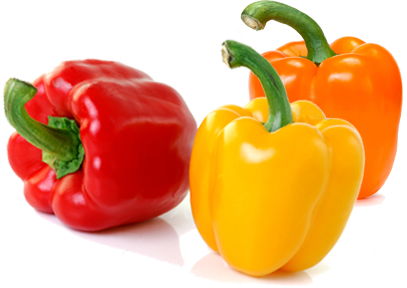
SWEET PEPPERS
-
Sweet Peppers are rich in Vitamins (A, C & E), folic acid and potassium and low in sodium and calories. Compared to green peppers, red peppers have more vitamins and nutrients and contain the antioxidant lycopene. The level of carotene, like lycopene, is nine times higher in red peppers. Red peppers have twice the vitamin C content of green peppers.
DETAILS.......

EGGPLANT
-
Also known as Eggplant has a shiny dark purple, green or white skin. Baby aubergines are small and shaped like a pear. The flesh is white, smooth and contains numerous soft seeds which are edible and has a bit of a bitter taste. Vitamins can be found in aubergines in a quite diversity: B vitamins, vitamin E, provitamin A in small quantities and of course vitamin C (at rates ranging between 2 and 8 mg per 100 g, depending on varieties and seasons). With regard to the energy intake, eggplants are among vegetables with the least calories, just about 18 kilocalories (75 kilojoules) per 100 grams (similar to tomatoes, endives or lettuce). Moreover, they are rich in water (over 92% on average).Eggplants contribute to the intake of useful compounds (minerals, fibre, vitamins) without significantly increasing the energy intake, having a high nutritional density. To take advantage of this property it is obviously preferable to cook them with minimal fat. Studies in the United States and Austria have shown that the eggplant was able to limit the increase in blood lipids and cholesterol, an increase that usually follows the absorption of fat (and foods high in fat). According to researchers, eggplants contain substances (fibres in particular) which have the property to keep the cholesterol in the lumen of the intestine. This would enable cholesterol to be expelled without being reabsorbed by the mucous membrane, and then dragged into the bloodstream.
DETAILS.......
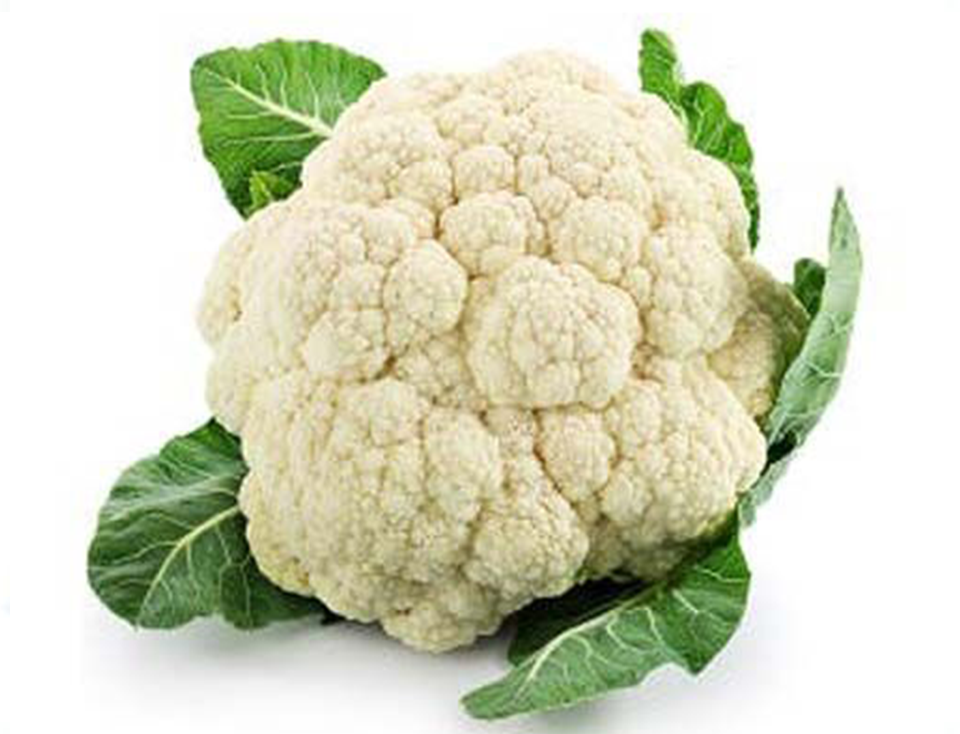
Cauliflower
Cauliflower is made up of tightly bound clusters of florets that form a dense head, similar to that of broccoli. Resembling a classic tree in shape the clusters sprout from stems which are attached to a singular central white trunk. The stems and trunk are firm and tender and the florets have a dense yet soft and crumbly texture. Its flavor is mild with subtle cruciferous and nutty sweet nuances, a taste which is amplified when roasted. The entire cauliflower, its leaves, trunk, stems and florets are all edible.
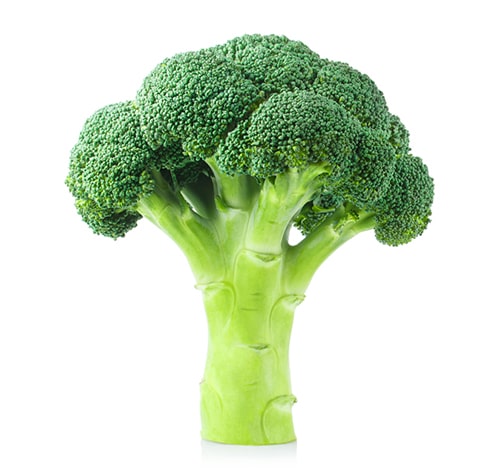
Broccoli
Broccoli consists of flowering heads that are harvested when the buds are unopened, small, and still green. The heads average 10 to 20 centimeters in diameter and grow on thick, fibrous stalks, emerging from a covering of large, leathery, dark green leaves. Broccoli heads are generally green, sometimes flushed with dark purple depending on the variety, and contain tiny, unopened buds attached to branching stems. The branching, segmented stems with the flower buds are known as florets, which connect into a larger, central, thick, and fibrous, pale green stem. The unopened buds have a crisp and tender consistency when raw, and if left to mature, the buds would produce bright yellow, four-petaled flowers. The thick, raw stems also have a crisp, crunchy, slightly chewy texture, and the leaves are edible but often contain a bitter, fibrous nature. When cooked, Broccoli develops a soft, semi-crunchy consistency and has vegetal, herbaceous, and earthy flavors with grassy, bittersweet nuances.
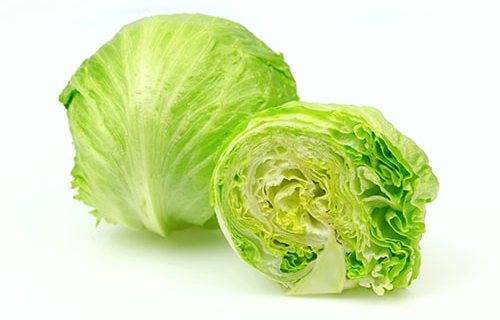
Ice Berge
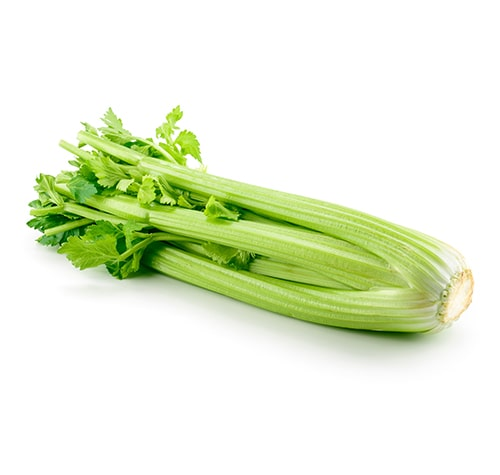
Celery
-
Celery is a green vegetable grown for its stalks and leaves. To the Greeks, Celery was a holy plant. Celery leaves were awarded to winners of the Nemean games (held every second year in the southern city of Nemea, starting in 573 BC). Being representative of Apiaceae family, celery is especially known for its healing properties. In the 9th century, Wild Celery was used for medicinal purposes. Italians began cultivating it in the 1500s, but again, for medicinal purposes. The first recorded use of cultivated Celery as a food is in France in 1623. For the next hundred years, it was used to add flavour to other food. By the middle of the 1600s, the French and Italians were eating it with a salad dressing.
Celery has little nutritional value, aside from 6 calories per rib. Thus it is used in weight-loss diets. Its most popular use is to impart its flavour to a dish.
DETAILS :.......
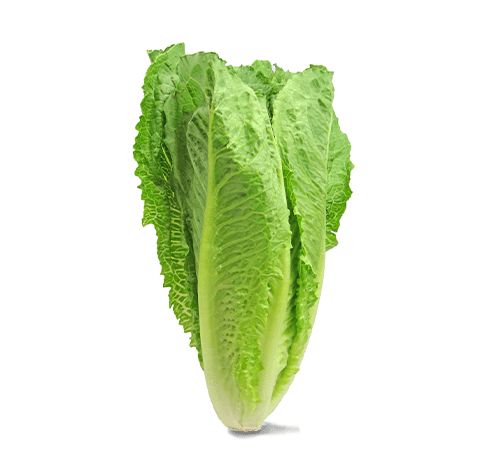
Romano lettuce
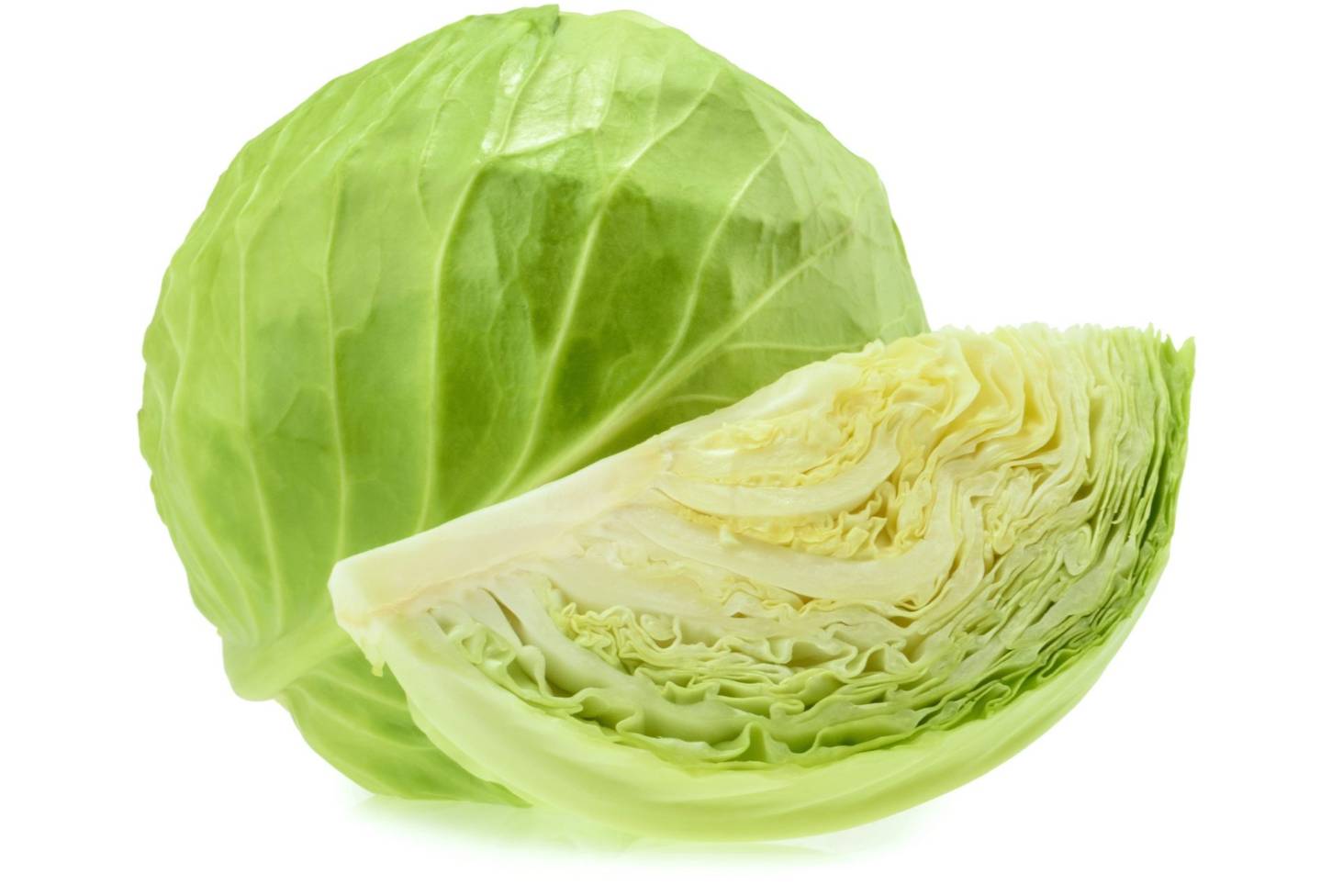
Cabbage
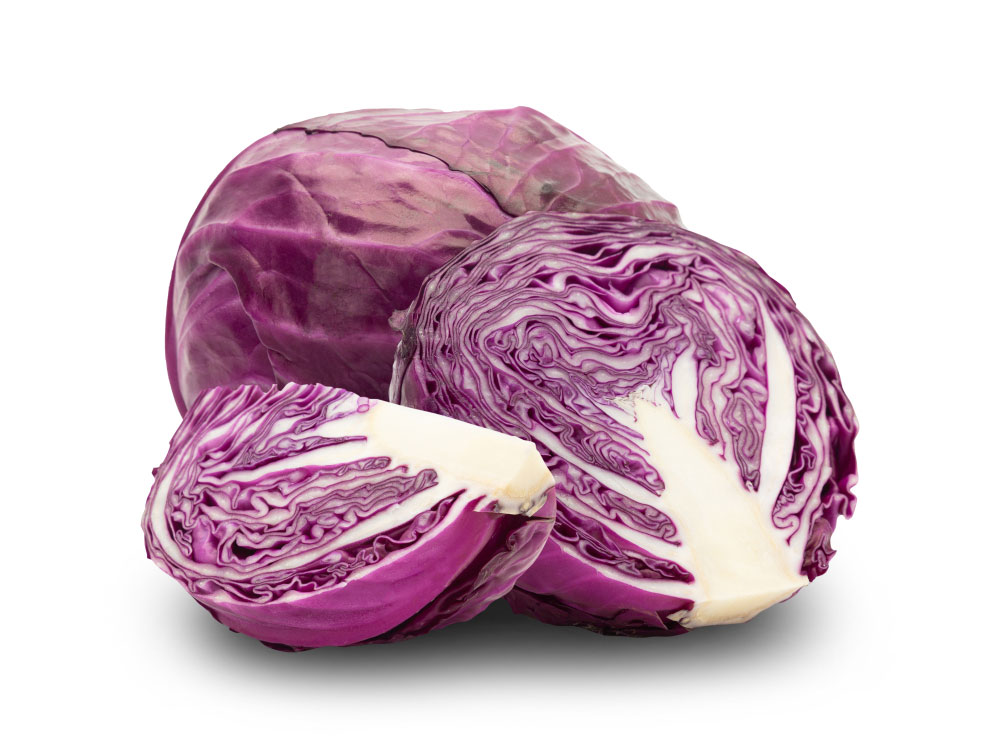
Purple Cabbage

CARROTS
DETAILS :
• Packaging: bags of 5 kg, 10 kg and 18 kg net
• Recommended storage & transport temperature: 0.5°C
• Relative Humidity: 98
• Freezing Temperature: -1.4°C
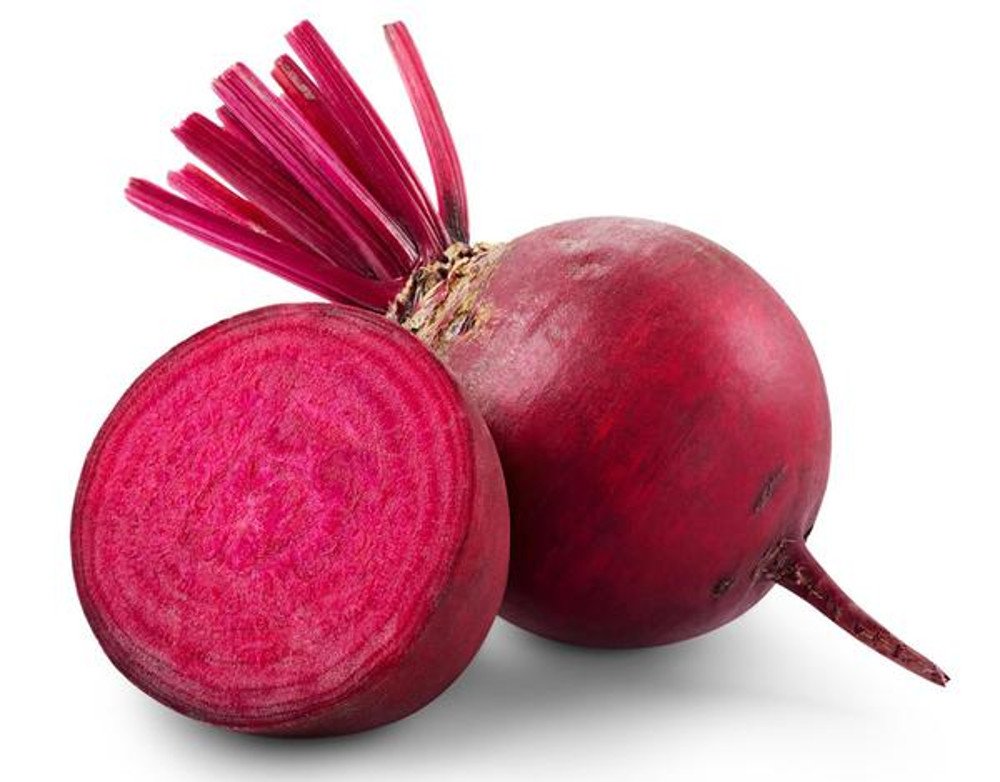
beetroot

Onion



